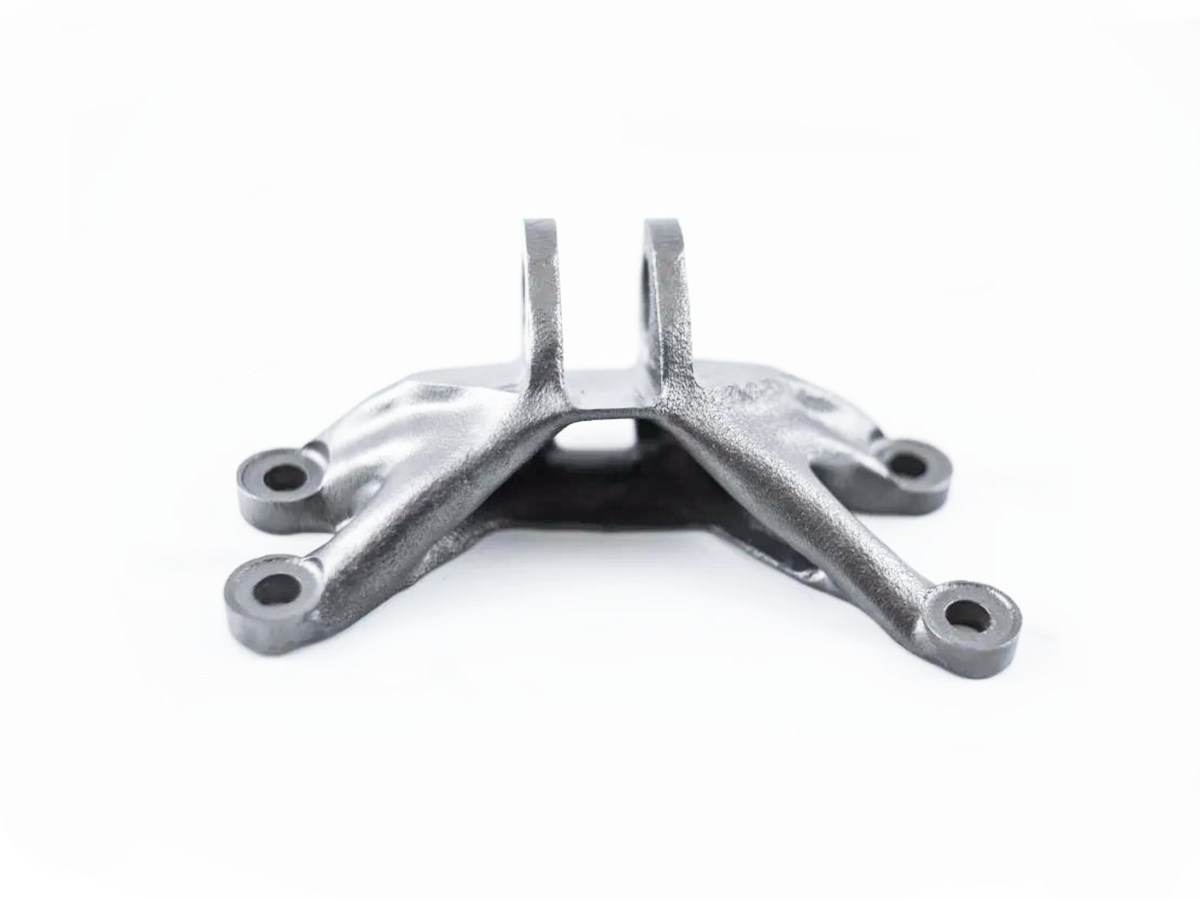What precautions are necessary for machining thin-walled stainless steel?
What precautions are necessary for machining thin-walled stainless steel?
Machining thin-walled stainless steel components is one of the most demanding challenges in precision manufacturing, requiring a meticulous engineering approach to overcome the inherent conflict between the material's high strength, work-hardening tendency, and the component's low structural rigidity. Failure to implement specific precautions results in part distortion, chatter, poor dimensional accuracy, and unacceptable surface finishes. Success hinges on a holistic strategy encompassing tooling, cutting strategies, workholding, and thermal management.
1. Advanced Tooling Strategies for Minimizing Forces
The primary goal is to minimize cutting forces and vibration, which cause deflection and chatter.
Tool Selection: Use sharp, premium CNC Milling tools with a positive rake angle and a sharp cutting edge. This shears the material cleanly rather than pushing it, drastically reducing radial forces that bend thin walls. Sharp tools are non-negotiable.
Tool Geometry: Opt for tools with a larger core diameter for increased rigidity and a reduced number of flutes (3-flute end mills are often ideal). This provides more chip clearance, preventing re-cutting of chips which increases heat and force. Using a smaller corner radius also reduces tool pressure.
Tool Material: Micro-grain carbide tools provide the necessary rigidity and wear resistance. For the final finishing passes, diamond-coated tools can offer superior performance and extended life.
2. Optimized Cutting Parameters and Dynamic Strategies
Standard machining parameters are ineffective and destructive for thin walls.
Climb Milling vs. Conventional: Always use climb milling (down milling). This ensures the cutter tooth engages the material at its maximum thickness and exits at zero, pulling the part into the cut and minimizing deflection. Conventional milling would push the thin wall away, causing vibration and chatter.
High-Speed Machining (HSM) Techniques: Implement HSM strategies characterized by high spindle speeds, very low radial depths of cut (step-over), and high feed rates. By taking light, fast passes, you maintain a constant chip load, reduce heat buildup, and minimize the cutting force applied to the wall at any single moment.
Trochoidal Milling: For slotting or pocketing, use a trochoidal toolpath. This circular, rolling motion ensures the tool is never fully engaged in the material, dramatically reducing lateral forces and heat generation, which is critical for preventing distortion.
3. Rigorous Workholding and Part Support
Preventing movement and supporting the weak structure is paramount.
Custom Fixturing: Standard vises are often inadequate. Design and machine custom soft jaws or dedicated fixtures that support the entire geometry of the part, particularly directly behind the thin walls being machined. This provides a solid backing to resist cutting forces.
Sequential Machining: Machine the part in stages. Leave sacrificial support tabs or a thicker stock wall during initial roughing operations. Only after the rest of the part is stabilized and semi-finished should you return for the final finishing passes on the thin walls themselves.
Low-Stress Clamping: Ensure clamping forces are distributed over a large area and are not excessive, as they can pre-stress and elastically deform the part, which will then spring back to an incorrect geometry once unclamped.
4. Aggressive Thermal and Chip Management
Heat is the enemy of dimensional stability.
Coolant Strategy: Use a high-pressure, high-volume flood coolant system. The coolant must effectively reach the cutting interface to carry away heat and prevent thermal expansion of the part. Uneven heating can cause the thin wall to warp permanently. In some cases, an air blast with a mist coolant is used to prevent the part from becoming a "heat sink."
Chip Evacuation: Efficiently remove chips from the cutting zone. Recut chips generate significant heat and can pack against thin walls, applying pressure and causing localized heating and distortion.
5. Process Design and Multi-Axis Advantage
Leverage advanced manufacturing capabilities.
Multi-Axis Machining: Utilize Multi-Axis Machining to maintain optimal tool engagement. By tilting the part or the tool, you can ensure the cutting forces are always directed into the most rigid section of the part or the fixture, rather than perpendicular to a weak wall.
Symmetrical Machining: When possible, machine opposite sides of a thin wall in alternating passes. This helps to balance and cancel out residual stresses, reducing the tendency for the part to curl or distort.
Stress Relief: For critical components, a stress-relief heat treatment of the raw material *before* machining can be a worthwhile investment to minimize the movement caused by the release of internal material stresses during cutting.
Conclusion: An Integrated Precision Approach
Machining thin-walled stainless steel is not about using a single trick but about implementing a fully integrated, disciplined process. It requires a synergy of the right tool, the correct dynamic toolpath, unyielding workholding, and controlled thermal conditions. This level of precision is core to our Precision Machining Service, enabling the production of high-integrity, lightweight components essential for industries like Aerospace and Medical Device, where failure is not an option.



